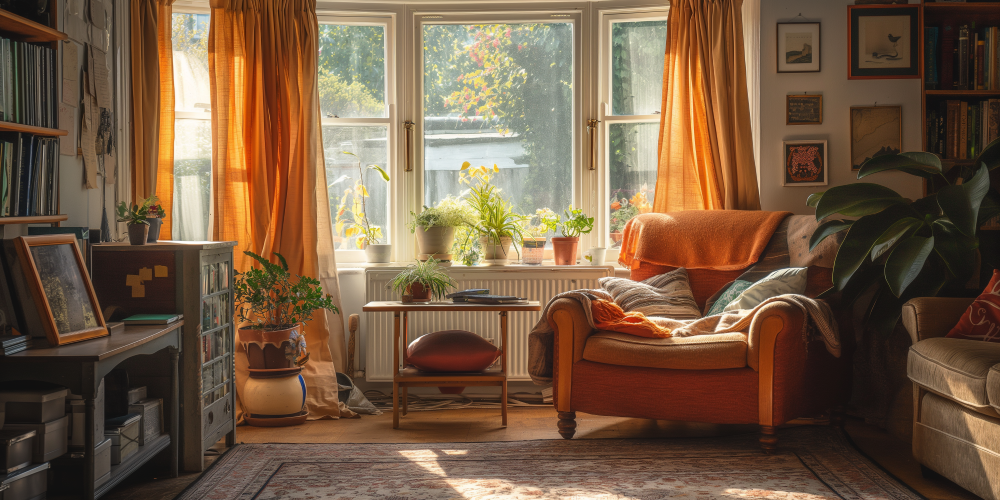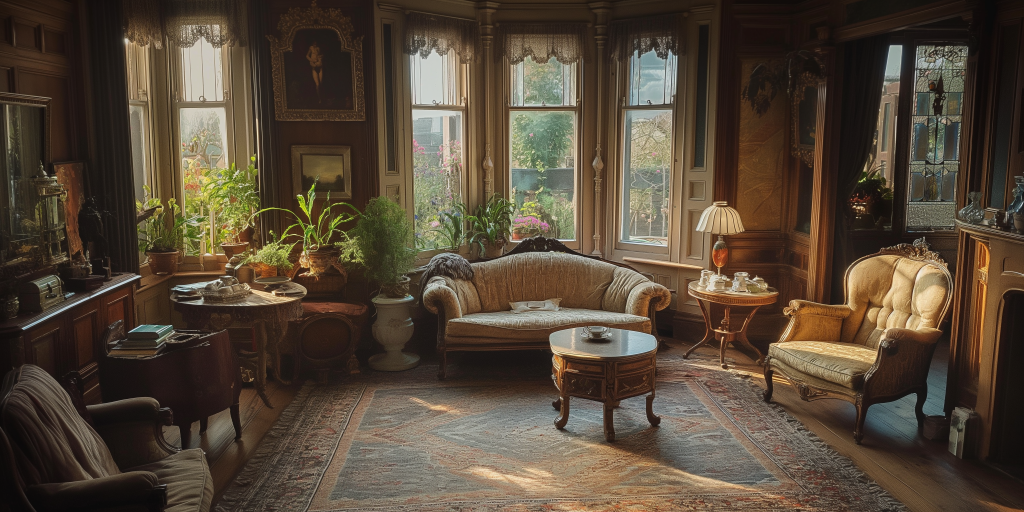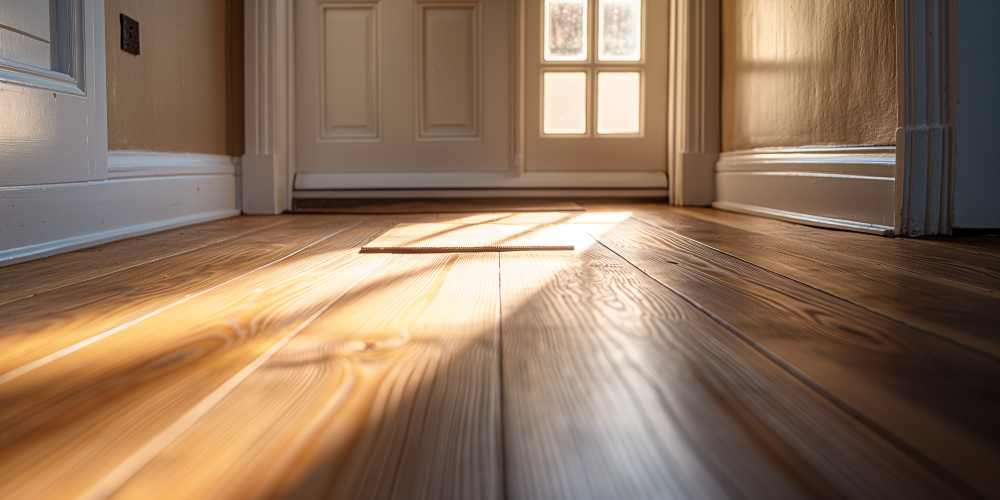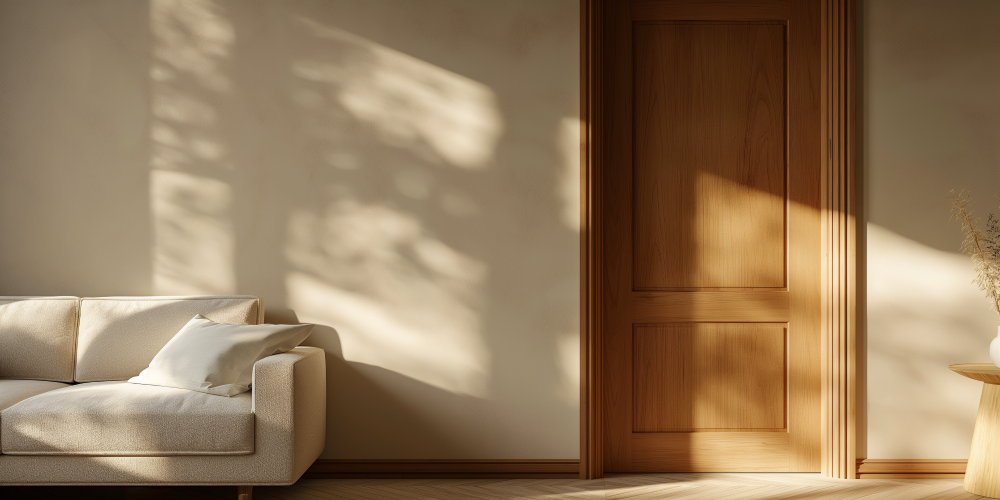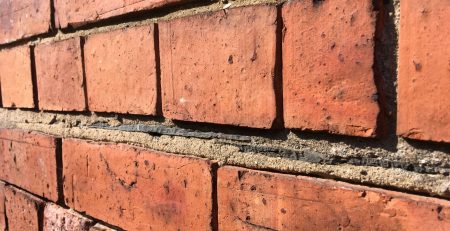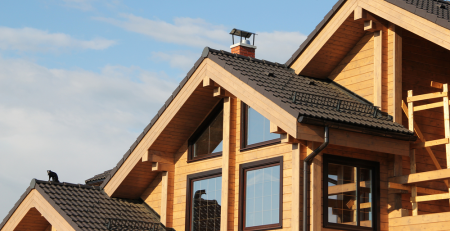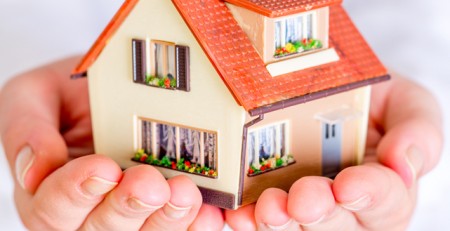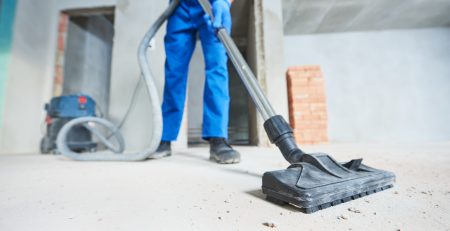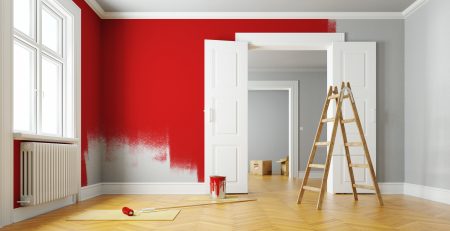Top 10 Soundproofing Solutions for Urban Homes: Create a Quiet Oasis
Living in an urban environment offers many conveniences and exciting opportunities, but it often comes with one major drawback: noise. Whether it’s the constant hum of traffic, the clamour of construction, or the sounds of lively neighbours, noise pollution can significantly impact your quality of life.
Fortunately, effective soundproofing solutions can help transform your urban home into a peaceful retreat. In this blog post, we’ll explore the top 10 soundproofing solutions for creating a quiet oasis right in the heart of the city.
Identify Common Noise Sources
Before diving into soundproofing solutions, it’s essential to understand the common sources of noise in urban homes:
- External Noise: This includes traffic, construction activities, street noise, and other outdoor sounds that penetrate your home.
- Internal Noise: These are sounds from within your building, such as conversations, footsteps, household appliances, and noise from neighbouring apartments.
Understanding Soundproofing Principles
Effective soundproofing relies on a few key principles:
- Absorption: Using materials that absorb sound waves to reduce echo and reverberation.
- Damping: Reducing vibrations within materials to minimise sound transmission.
- Decoupling: Creating a buffer or separation between structures to prevent sound from travelling through connected surfaces.
- Mass Addition: Using heavier materials to block sound.
- Sealing Gaps: Ensuring no gaps or cracks where sound can leak through.
Top 10 Soundproofing Solutions
1. Heavy Curtains and Blinds
Function: Heavy curtains and blinds can significantly reduce noise from outside by absorbing sound waves.
Installation: These are easy to install and can be adjusted to completely cover windows, providing an additional layer of sound insulation.
Tip: Look for curtains made of dense materials like velvet or wool for maximum sound absorption. Opt for floor-to-ceiling curtains to cover the entire window and minimise gaps where sound can enter.
2. Acoustic Panels
Function: Acoustic panels are designed to absorb sound waves, reducing echo and noise within a room.
Placement: Install these panels on walls and ceilings in noisy areas such as living rooms and bedrooms.
Tip: Acoustic panels come in various designs and colours, allowing you to enhance your decor while improving sound quality. Place panels at the first points of reflection, such as walls opposite speakers or other sound sources, for maximum effectiveness.
3. Soundproof Windows
Function: Double or triple-glazed windows are effective at blocking external noise.
Installation: Professional installation is recommended to ensure an airtight fit and optimal performance.
Tip: Consider adding window inserts for an extra layer of soundproofing without replacing your existing windows. These inserts create an additional air gap, further reducing noise transmission.
4. Door Sweeps and Seals
Function: Door sweeps and seals prevent sound from leaking through gaps under and around doors.
Installation: These products are affordable and easy to install, making them a quick DIY solution.
Tip: Combine door sweeps with weatherstripping to seal all gaps around your doors for the best results. Choose high-quality materials for durability and long-lasting soundproofing.
5. Carpets and Rugs
Function: Carpets and rugs absorb sound, especially on hard floors like wood or tile.
Placement: Place them in high-traffic areas, living rooms, and bedrooms to reduce noise.
Tip: Use thick, plush rugs and consider adding a rug pad underneath for extra sound absorption. Layering rugs can also enhance their soundproofing capabilities.
6. Bookshelves and Furniture
Function: Adding bookshelves and large pieces of furniture against walls can block and absorb sound.
Placement: Position these items against shared walls or in noisy areas to help dampen sound.
Tip: Fill bookshelves with books and decorative items to maximise their sound-absorbing capabilities. Consider using floor-to-ceiling bookshelves for additional sound insulation.
7. Weatherstripping
Function: Weatherstripping seals gaps around windows and doors, preventing sound from entering or escaping.
Installation: This is an affordable solution that you can easily install yourself.
Tip: Choose high-quality, durable weatherstripping materials for long-lasting soundproofing. Ensure that all gaps and cracks are thoroughly sealed to prevent sound leakage.
8. Insulation
Function: Insulating walls and ceilings reduce sound transmission between rooms and from outside.
Types: Common insulation materials include fibreglass, cellulose, and foam.
Installation: Insulation is best installed during construction or major renovations for maximum effectiveness.
Tip: Consider soundproof insulation products specifically designed for noise reduction. These products often have higher density and better sound-absorbing properties than standard insulation.
9. Mass Loaded Vinyl (MLV)
Function: MLV adds mass and damping to walls, floors, and ceilings, effectively blocking sound.
Installation: It can be added to existing structures or included in new construction.
Tip: Use MLV in conjunction with other soundproofing materials for enhanced results. For example, combining MLV with drywall or insulation can create a highly effective sound barrier.
10. Resilient Channels
Function: Resilient channels decouple drywall from the structure, reducing sound transfer.
Installation: Professional installation is recommended, especially during major renovations.
Tip: Combine resilient channels with soundproof drywall for the best sound reduction. This combination can significantly reduce noise transmission through walls and ceilings.
Planning and Implementation
Assessment
Identify the primary noise sources and the most affected areas in your home. This will help you prioritise which soundproofing solutions to implement first. Consider creating a noise map of your home, marking the loudest areas and the noise sources.
Budgeting
Determine your budget for soundproofing and allocate funds to the most critical areas. Some solutions, like weatherstripping and door sweeps, are inexpensive, while others, like soundproof windows and insulation, require a more significant investment. Plan your budget accordingly to maximise the impact of your soundproofing efforts.
DIY vs. Professional
Decide which solutions you can implement yourself and which require professional help. DIY options include installing curtains, rugs, door sweeps, and weatherstripping. Professional installation is recommended for more complex solutions like soundproof windows, insulation, and resilient channels. Hiring a professional can ensure the best results if you’re not confident in your DIY skills.
Final Touches
Combination
Often, a combination of soundproofing solutions will yield the best results. For example, using heavy curtains, acoustic panels, and door sweeps can significantly reduce noise. Layering different soundproofing methods creates multiple barriers to sound, enhancing overall effectiveness.
Testing
After implementing your soundproofing solutions, test their effectiveness by listening for reductions in noise levels. Make adjustments as necessary to achieve the desired level of quiet. You can use a sound level meter to measure noise reduction and identify areas needing further soundproofing.
Key Takeaways
Applying these top 10 soundproofing solutions lets you transform your urban home into a serene and quiet oasis. Whether you’re dealing with noisy neighbours, bustling streets, or internal household sounds, these strategies will help you create a peaceful environment to relax and unwind. Remember, soundproofing is an investment in your comfort and well-being, and the benefits of a quieter home are well worth the effort.
Noise pollution is a common challenge in urban living, but with the right soundproofing techniques, you can reclaim your peace and quiet. From simple DIY projects to professional installations, these solutions offer various options to suit your needs and budget. Create your quiet oasis and enjoy the tranquillity of a soundproofed urban home.


